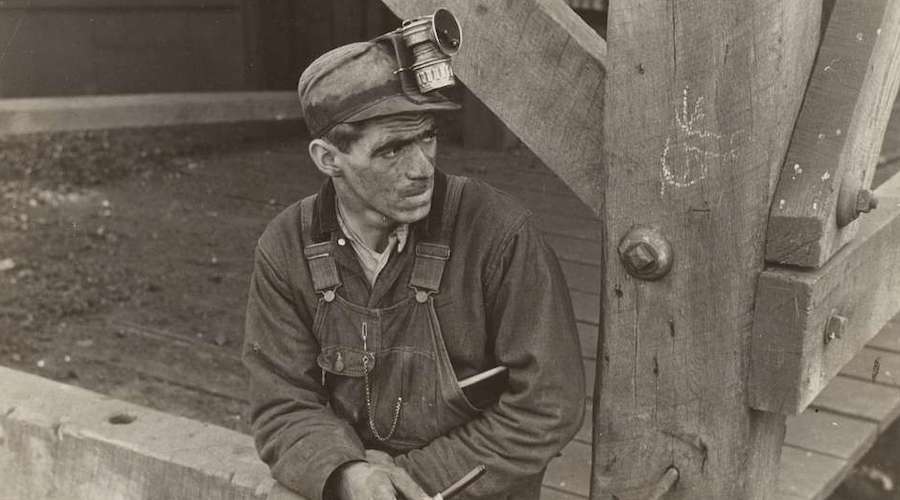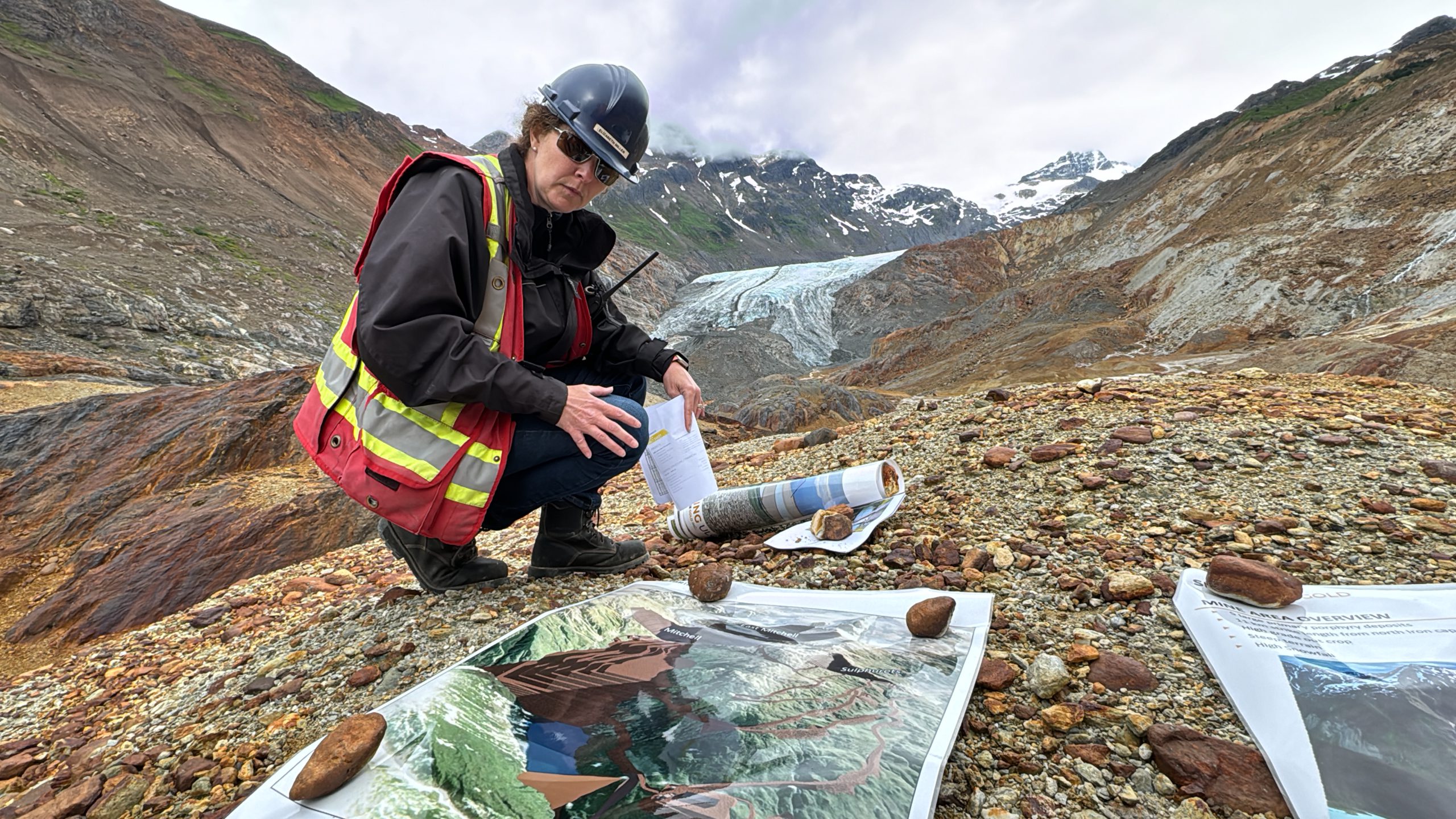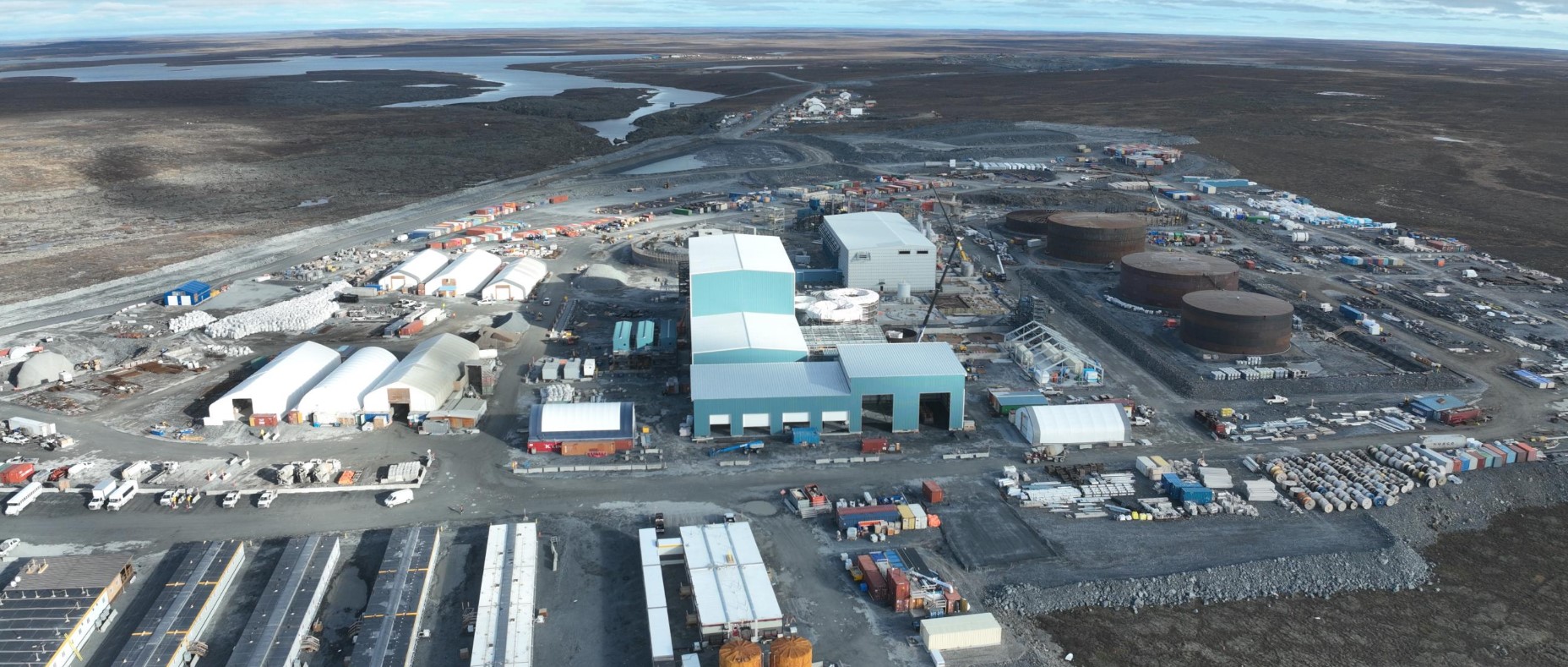Black lung disease more common among modern coal miners than in their predecessors

A study by researchers at National Jewish Health, a Denver-based academic hospital/clinic, found that coal miners that were born after 1930, worked or are working primarily with modern mining technologies and developed progressive massive fibrosis (PMF) or black lung disease, worked significantly fewer years than their counterparts born before 1930.
The paper also found that scarring from silica dust exposure was more common in contemporary miners, even those whose job duties were not prioritized for dust sampling in current federal regulations such as electricians and foremen.



